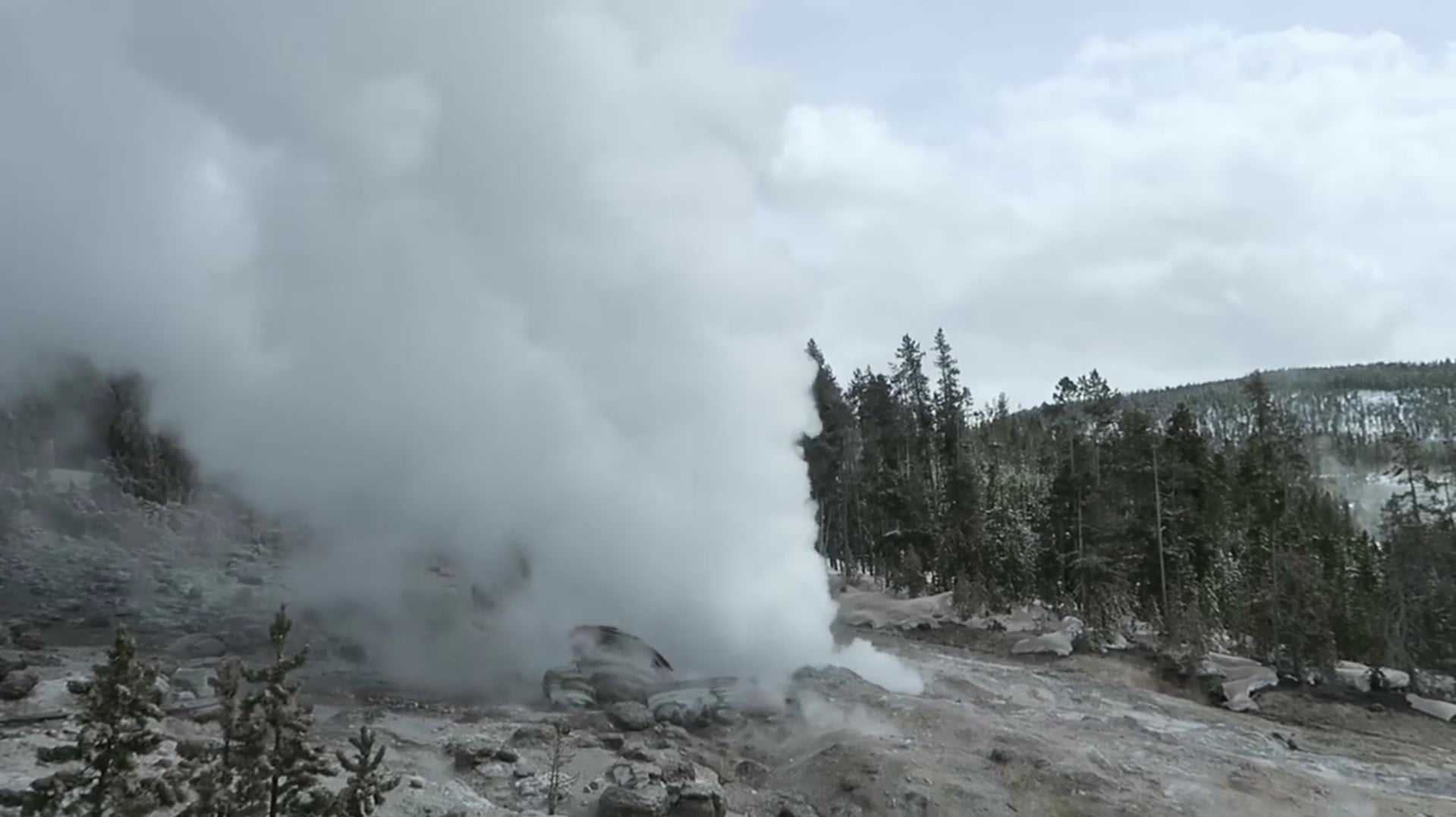Researchers from the University of Texas have found evidence of a plume beneath Yellowstone National Park. The paper was published in the journal Nature Geoscience and proposes that the plume is part of a zone that runs to Yellowstone all the way from Mexico.
Yellowstone Plume
Essentially, the existence of a plume is a theoretical abnormality that is situated between the Earth’s core and the mantle and proceeds to rise through said mantle into the crust. This would manifest as a vertical stream of magma, and the presence of such a plume in Yellowstone National Park has been hotly debated.
The existence of a plume in National Park would suggest an explanation for the amount of surface activity in the park – providing a source of heat that serves as a catalyst for this explosion of action. However, other scientists have suggested that it could be explained in other ways, such as a shallow subduction or lithospheric processes. Researchers Stephen Grand and Peter Nelson set out to provide an answer one way or another, and used a new approach in order to study the hotspot near Yellowstone National Park.
Study Methods
The study took advantage of seismic data that was obtained from the EarthScope USArray – a previous project that had placed geologic devices at various locales across America. By using this existing infrastructure, Grand and Nelson were able to determine whether there was truly a plume or whether one of the other explanations was more feasible.
After examining the data from the EarthScope USArray, the researchers found “a long, thin, sloping zone” approximately 72 by 55 kilometers in size inside of the mantle. In this thin zone, there were seismic waves that were traveling slower than the surrounding areas – an occurrence that suggests that the area would be around 600 to 800° C hotter. This warmer area suggests that there is, indeed, a plume underneath the surface of Yellowstone National Park.
Study Significance
This finding is significant because it finally gives us an understanding of why exactly there is so much volcanic activity in Yellowstone. The existence of a plume that stretches from the core-mantle boundary into the crust would provide the energy needed to spawn the large amount of activity we’ve seen from the area in recorded history.
The researchers do acknowledge that more research is required in order to determine why exactly Yellowstone is able to exist in its current location. They do theorize, however, that it is possible “because the plume is held steady by a part of the Pacific large low-shear-velocity province.”
Grand and Nelson have also asserted that the methods used by other researchers in order to study a plume may not be sufficient, due to global tomography and its inability to capture thin thermal plumes like the one they suggest lies below Yellowstone.
While this research isn’t necessarily a guarantee or complete explanation for the existence of volcanic activity in Yellowstone, it does appear to put to rest some of the skepticism regarding the possibility of a plume existing. With more research, we should be able to discover more about the ancient origins of this natural phenomenon.





